Can the Fed Save the Stock Market?
In retrospect, it was ill-timed for the Federal Reserve to start hiking short-term interest rates. But that can easily be fixed.


Stocks started off the year hit by a double deflationary whammy—in the oil patch and in China. It’s true that the U.S. is a net importer of energy, and in the long run we will all benefit from a decline in energy prices. But in the short run, the 75% drop in the price of oil, from $108 a barrel in June 2014 to less than $27 earlier this year, has cast doubt on the viability of hundreds of billions of dollars of capital in the energy sector. That investment was based on the assumption that oil would sell for at least $50 to $60 a barrel. Energy firms, especially those with a lot of debt, are already feeling the pain, and bankruptcies are expected to rise.
Those developments perfectly suit the rulers of Saudi Arabia. Their failure to curtail oil supplies in light of surging U.S. supply and slumping Chinese demand has contributed to the oil glut. The Saudis are happy to see the U.S. fracking industry struggle and developers of alternative energy sources, such as wind and solar, squirm under the pressure of falling oil and natural gas prices. They rightly reason that after the frackers cap their wells, oil prices will rise. And low-cost Arab producers can profit quite well in the $50-to-$60 range.
But oil and its ripple effects on capital spending and the debt markets are not the only woes facing the stock market. Chinese policymakers have fumbled their handling of both the Chinese stock market and, more important, the foreign exchange market.
From just $107.88 $24.99 for Kiplinger Personal Finance
Become a smarter, better informed investor. Subscribe from just $107.88 $24.99, plus get up to 4 Special Issues

Sign up for Kiplinger’s Free Newsletters
Profit and prosper with the best of expert advice on investing, taxes, retirement, personal finance and more - straight to your e-mail.
Profit and prosper with the best of expert advice - straight to your e-mail.
I was shocked when the International Monetary Fund admitted the Chinese yuan into its currency bundle last year without first forcing the Chinese to let markets determine the currency’s value. After allowing the yuan to appreciate for nine years between 2005 and 2014, the Chinese government devalued the currency without warning last August. Since then, the yuan has weakened further. The slowdown of the Chinese economy, combined with an anticorruption campaign that threatens the wealth of many of China’s richest individuals, have prompted Chinese citizens to move money out of the country.
For the first time in many decades, these developments have forced the Chinese to sell U.S. Treasury securities to hold the yuan steady. If the Chinese would let market forces determine the yuan’s value, many observers believe, the currency would depreciate by 10% to 20% and perhaps more. If that were to happen, the price of Chinese goods would plunge in world markets, adding to deflationary forces and possibly triggering reciprocal devaluations in Japan, Korea and other Southeast Asian countries.
Fighting back. The good news is that central banks are not powerless to counteract these deflationary pressures. In retrospect, it was ill-timed for the Federal Reserve to hike the benchmark short-term interest rate last December. But that quarter-percentage-point increase was hardly fatal and can easily be reversed if necessary. Furthermore, the Fed can lower the rate of interest on bank reserves, not only to zero but to a negative level, just as the European Central Bank and, more recently, the Bank of Japan have done. The Fed currently pays an interest rate of 0.5% on bank reserves, far above comparable rates on short-term assets. Shifting the rate negative would boost incentives for banks to lend their excess reserves, which could increase economic activity and corporate earnings.
As a last resort, the Fed could always undertake another round of bond buying, but I strongly doubt that will be necessary. Despite the turmoil in the oil patch, consumer spending and the labor market remain strong. Investors have certainly been challenged with a new set of deflationary threats in 2016, and the Fed stands ready to act if these forces worsen. The rest of 2016 should prove far kinder to stock investors.
Columnist Jeremy J. Siegel is a professor at the University of Pennsylvania’s Wharton School and the author of Stocks for the Long Run and The Future for Investors.
Profit and prosper with the best of Kiplinger's advice on investing, taxes, retirement, personal finance and much more. Delivered daily. Enter your email in the box and click Sign Me Up.

-
 Fed's Rate Cuts Could Have Impacts You Might Not Anticipate
Fed's Rate Cuts Could Have Impacts You Might Not AnticipateUnderstanding how lower interest rates could impact your wallet can help you determine the right financial moves to make.
-
 Past Performance Is Not Indicative of Your Adviser's Expertise
Past Performance Is Not Indicative of Your Adviser's ExpertiseMany people find a financial adviser by searching online or asking for referrals from friends or family. This can actually end up costing you big-time.
-
 I'm want to give my 3 grandkids $5K each for Christmas.
I'm want to give my 3 grandkids $5K each for Christmas.You're comfortably retired and want to give your grandkids a big Christmas check, but their parents are worried they might spend it all. We ask the pros for help.
-
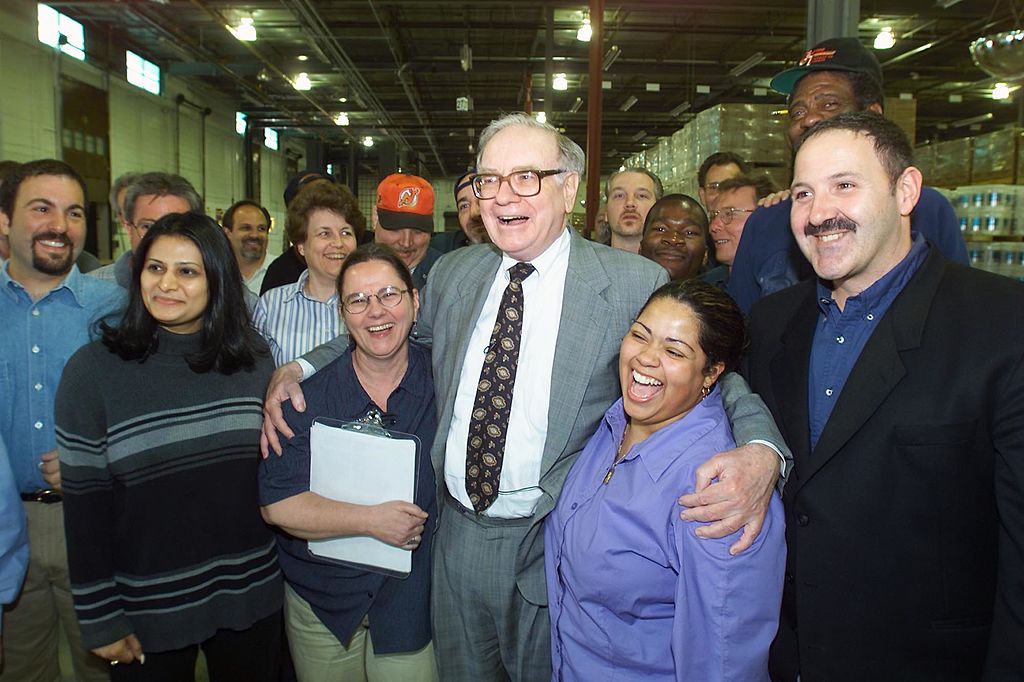 What the Rich Know About Investing That You Don't
What the Rich Know About Investing That You Don'tPeople like Warren Buffett become people like Warren Buffett by following basic rules and being disciplined. Here's how to accumulate real wealth.
-
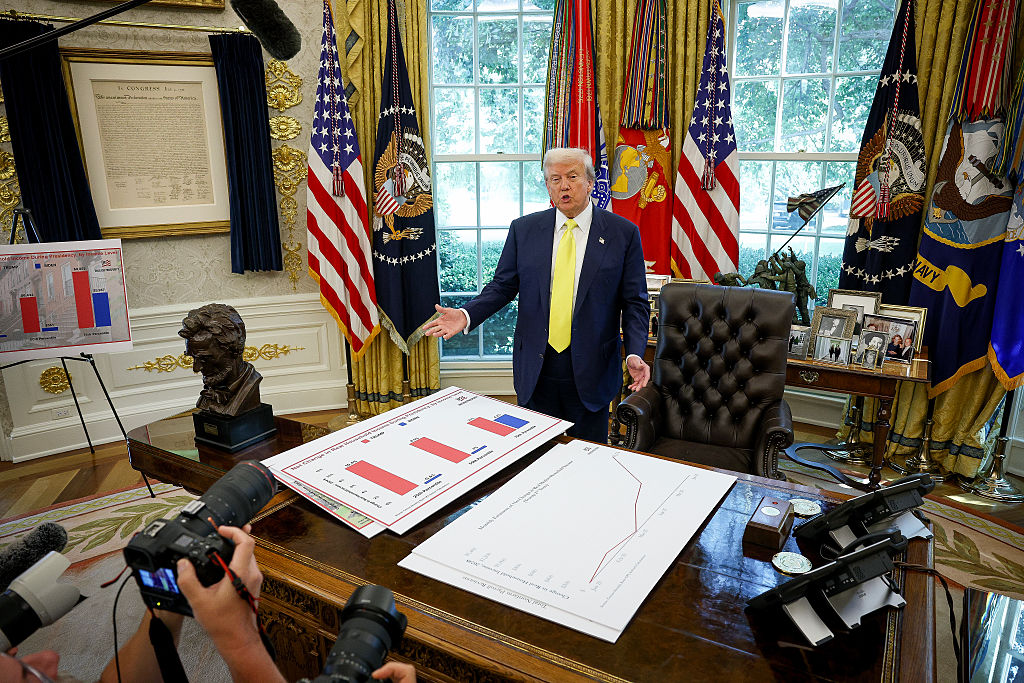 How to Invest for Rising Data Integrity Risk
How to Invest for Rising Data Integrity RiskAmid a broad assault on venerable institutions, President Trump has targeted agencies responsible for data critical to markets. How should investors respond?
-
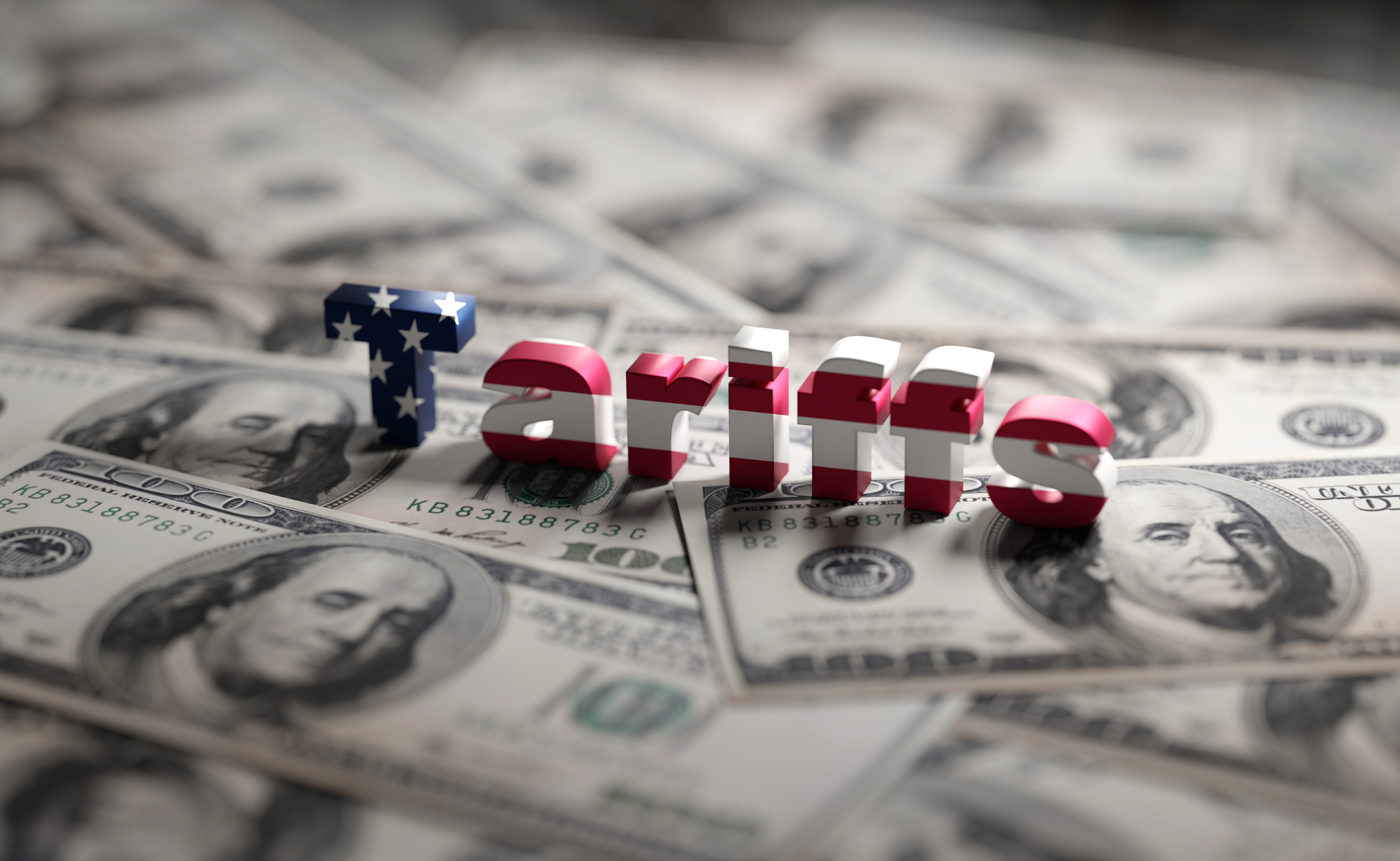 What Tariffs Mean for Your Sector Exposure
What Tariffs Mean for Your Sector ExposureNew, higher and changing tariffs will ripple through the economy and into share prices for many quarters to come.
-
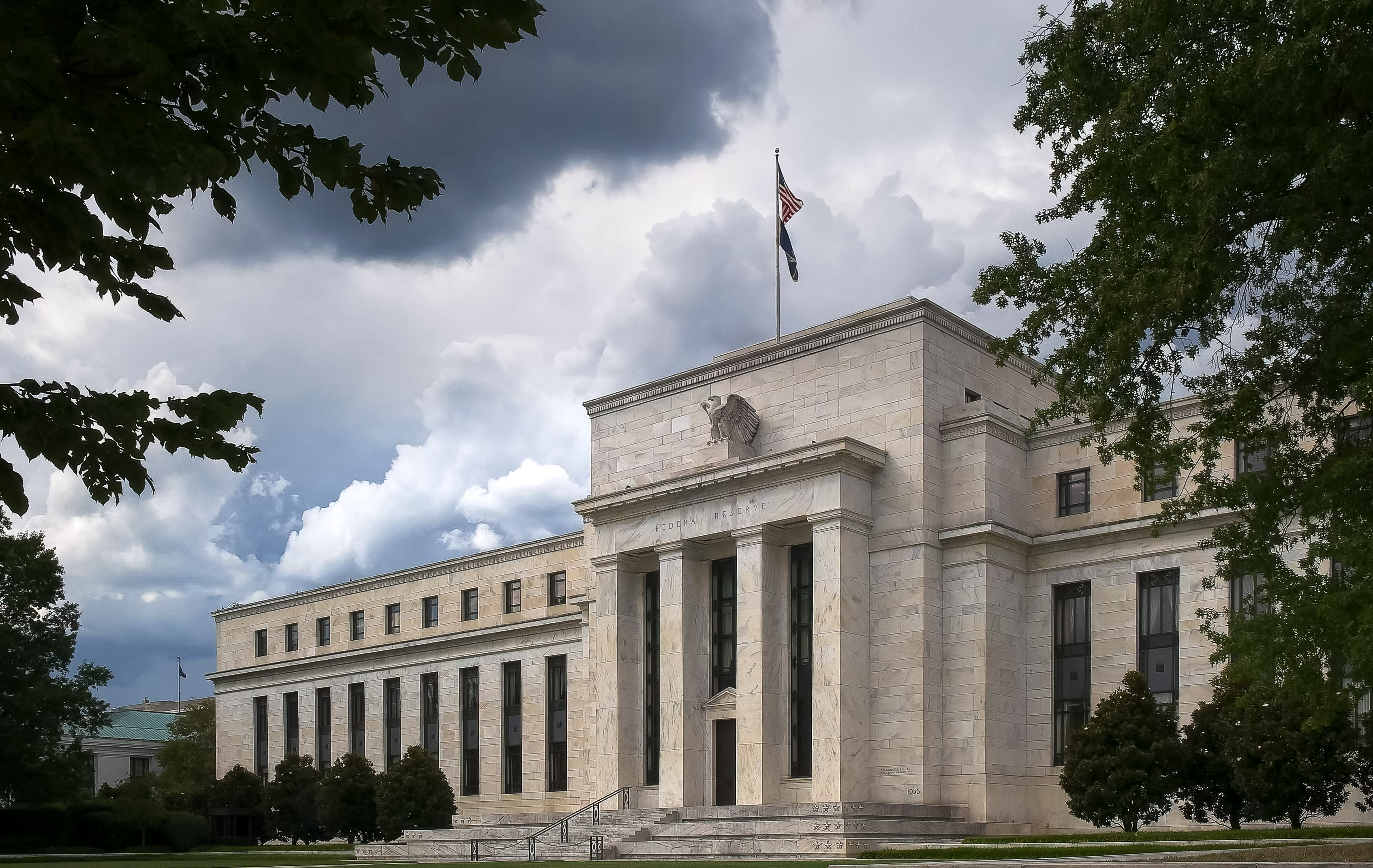 How to Invest for Fall Rate Cuts by the Fed
How to Invest for Fall Rate Cuts by the FedThe probability the Fed cuts interest rates by 25 basis points in October is now greater than 90%.
-
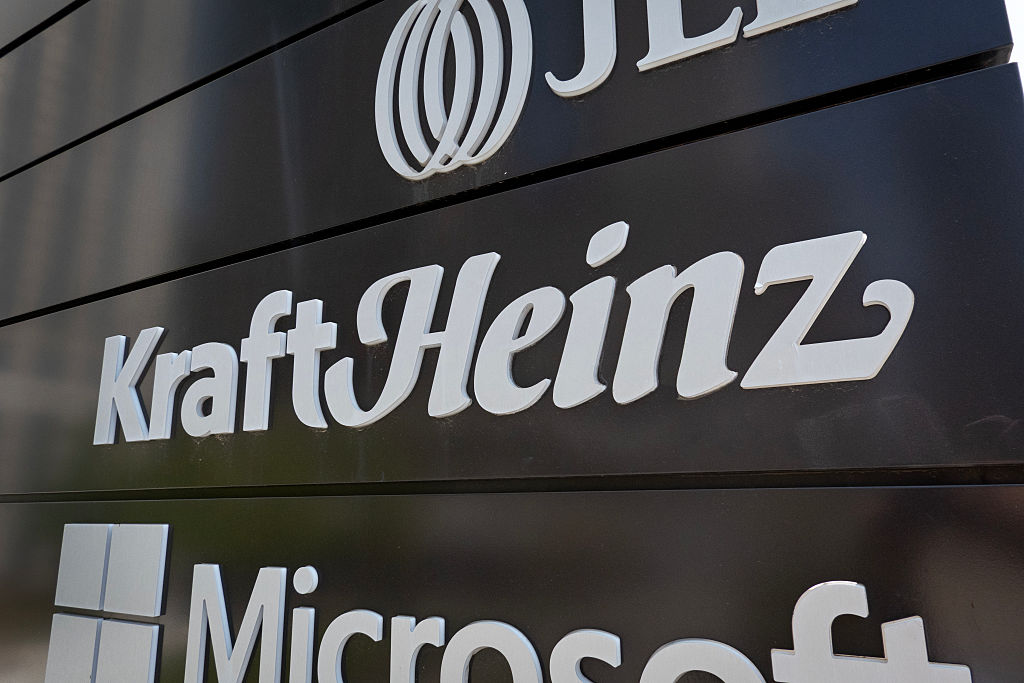 Are Buffett and Berkshire About to Bail on Kraft Heinz Stock?
Are Buffett and Berkshire About to Bail on Kraft Heinz Stock?Warren Buffett and Berkshire Hathaway own a lot of Kraft Heinz stock, so what happens when they decide to sell KHC?
-
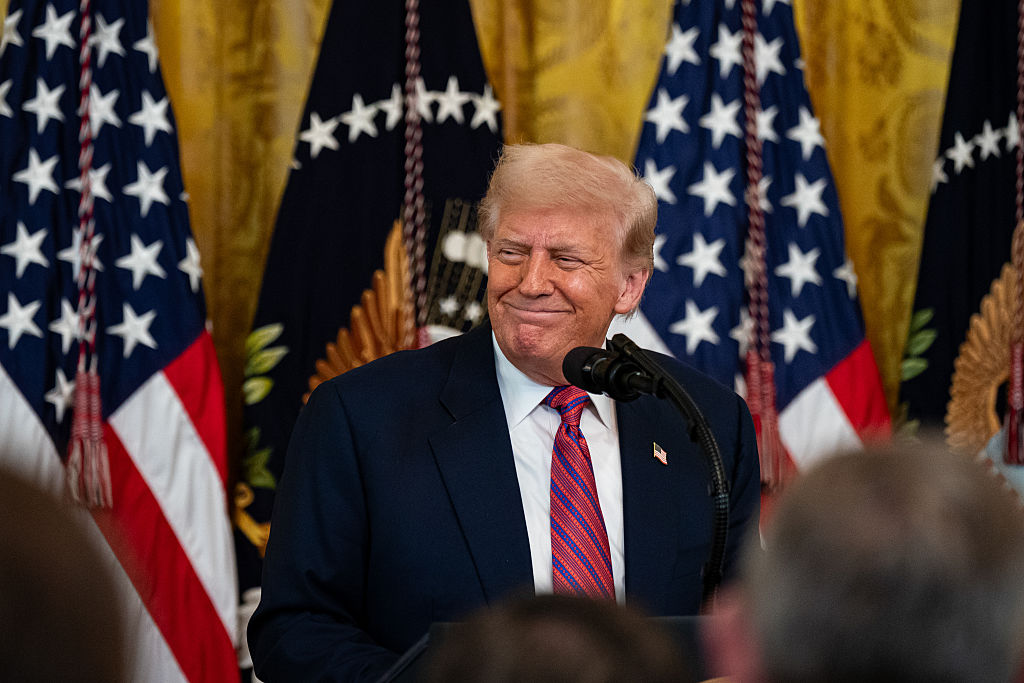 How the Stock Market Performed in the First 6 Months of Trump's Second Term
How the Stock Market Performed in the First 6 Months of Trump's Second TermSix months after President Donald Trump's inauguration, take a look at how the stock market has performed.
-
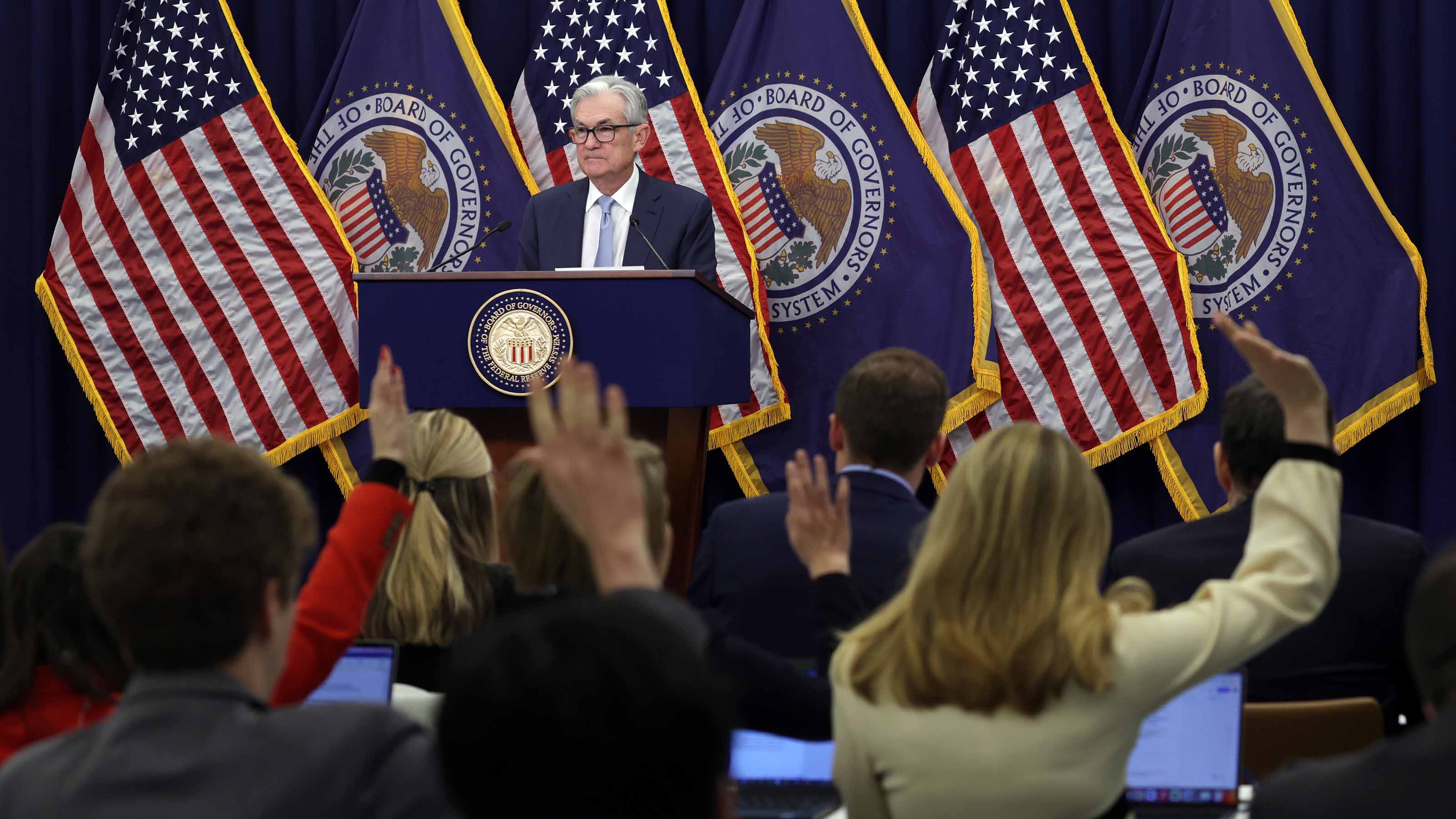 Fed Leaves Rates Unchanged: What the Experts Are Saying
Fed Leaves Rates Unchanged: What the Experts Are SayingFederal Reserve As widely expected, the Federal Open Market Committee took a 'wait-and-see' approach toward borrowing costs.
-
 Fed Sees Fewer Rate Cuts in 2025: What the Experts Are Saying
Fed Sees Fewer Rate Cuts in 2025: What the Experts Are SayingFederal Reserve The Federal Reserve cut interest rates as expected, but the future path of borrowing costs became more opaque.